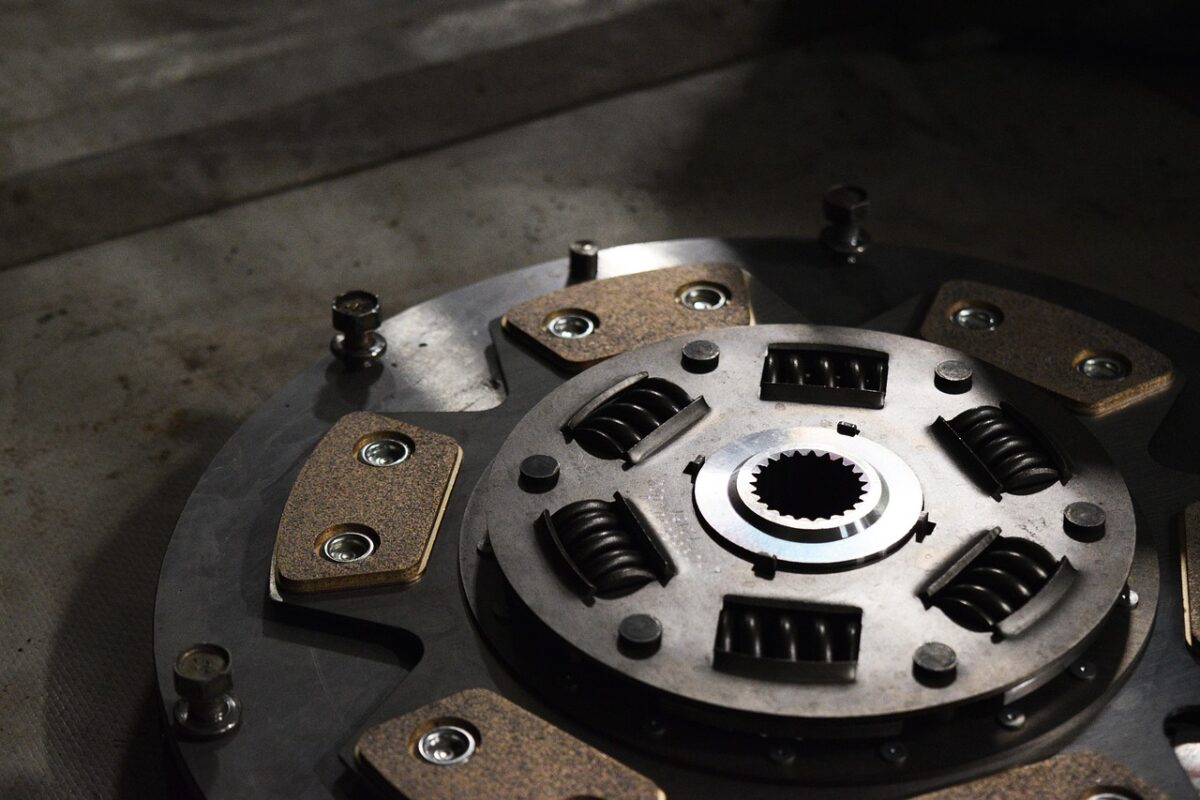You may not know it, but your car’s clutch is a crucial part of the drivetrain. It’s a device that connects your engine to your transmission and is responsible for smoothly transmitting power from the engine to the wheels. It’s a complicated system, made up of hundreds of tiny parts. The clutch itself is a disc of heavy-duty steel or graphite that connects with the engine and transmission via high tension springs. If you feel grinding or slipping when you’re trying to drive, it’s possible that your clutch needs a replacement. Check out this blog to know more about clutch repair in Auckland.
How does a clutch work?
Your clutch operates in a way that is very different from the way a standard automatic transmission works. Instead of a fluid coupling that regulates the throttle and shifts, the clutch is a mechanical device that gets controlled by your foot. The clutch is also responsible for changing gears, as it is what allows your car to go from one gear to another while driving. It is a small disk attached to your transmission that is squeezed by the pressure pads on the clutch pedal. When the clutch disc is pushed on, the pressure plate will move and try to force the gear attached to it into the flywheel. With this, your car moves ahead.
Clutch Diagnostics
Without a clutch, the engine would spin the tires uselessly against the pavement, and the only way to get the car moving would be to push it. Clearly, this is not a good situation to be in. Clutch repairs are costly and time-consuming, so when your clutch begins to slip, it is always a good idea to find out what the problem is as soon as possible. In order to do this, you will need to have some diagnostics done on your car. Knowing what the problem is, you will be able to get the repairs done as soon as possible and get back on the road.
What are the signs that tell you to go for a clutch repair?
Your clutch will require maintenance from time to time, and the signs that you need a clutch repair can be hard to notice. Here we will look at the signs that your clutch requires repair and the consequences if you don’t take care of your clutch. As your clutch ages, it will experience wear and tear. If you notice any of the following symptoms, it may be time to get your clutch replaced.
- Your clutch doesn’t disengage smoothly
- Your car slips out of gear
- You notice a grinding or shrieking noise when you engage your clutch
- You have problems shifting gears
- Your clutch is stiff to engage or disengage
- You have problems changing gears
- You find that you have to press harder or longer on the gas pedal
- You can not get the car into gear.
Reason for Clutch Replacement
There lies a deep-rooted reason why we have to replace the clutch is that the clutch plate has worn out. It is not as if we can reuse the old clutch plate because it is worn out and will not last forever. Clutch plates are only meant to last a limited number of uses. Now the question is, why do we have to replace the clutch plate? Because the clutch plate is made of plates riveted to the pressure plate, we can use our worn-out clutch plate for about 5000km. However, when the clutch plate wears out, then we have to replace it with a new clutch plate.















